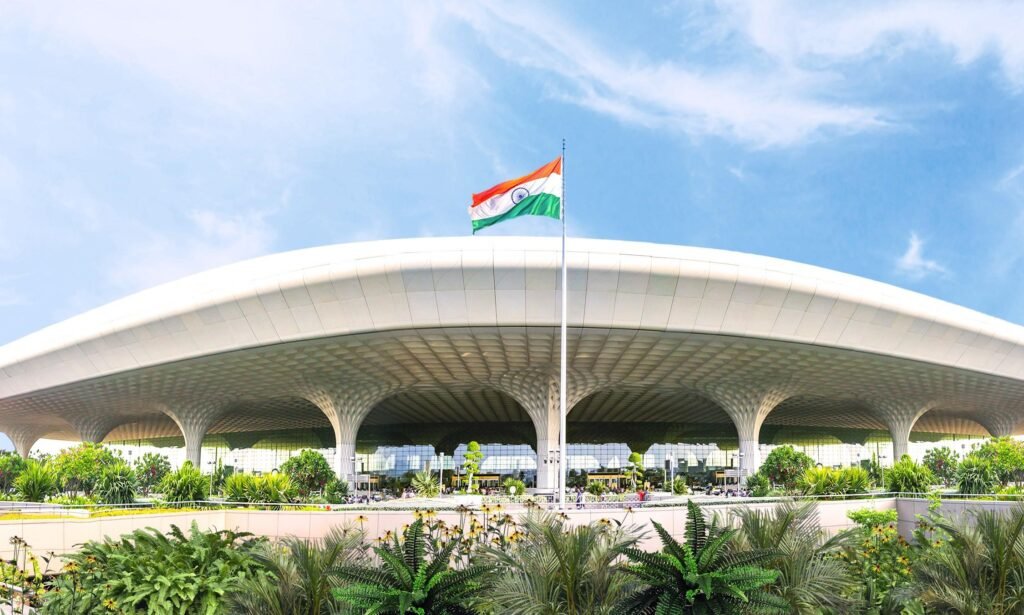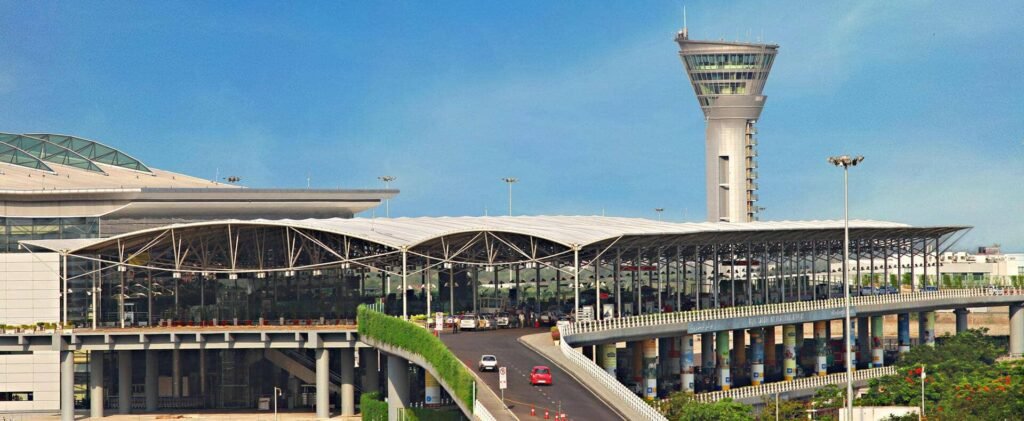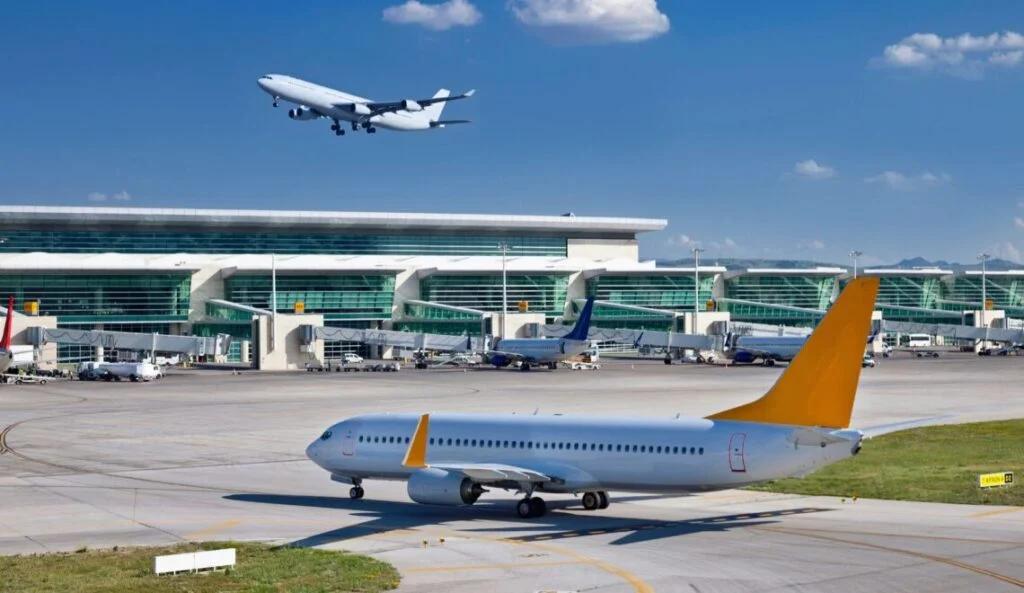India’s aviation infrastructure has undergone a massive transformation over the past few decades, becoming one of the fastest-growing aviation markets globally. Airports are no longer just transit points—they are hubs of economic activity, tourism, trade, and connectivity that link India’s cities to the rest of the world.
Growth of Airport Infrastructure
India is home to over 140 operational airports, including international, domestic, and regional hubs. The government’s focus on modernizing and expanding airport infrastructure has led to the development of world-class facilities that meet global standards.
Some major highlights include:

Indira Gandhi International Airport (Delhi):
The busiest airport in India and among the top in Asia, known for its state-of-the-art Terminal 3 and efficiency.
Chhatrapati Shivaji Maharaj International Airport (Mumbai):
A key international gateway with impressive design and large passenger handling capacity.


Kempegowda International Airport (Bengaluru):
One of the most modern and fastest-growing airports, recently expanded with a new terminal.
Rajiv Gandhi International Airport (Hyderabad):
Known for its smart technology, green initiatives, and smooth operations.

UDAN Scheme: Regional Connectivity
The UDAN (Ude Desh ka Aam Nagrik) scheme has been a game-changer in democratizing air travel by making it affordable and accessible. It focuses on:
Developing airports in tier-2 and tier-3 cities
Launching low-cost regional flights
Creating economic opportunities in smaller towns
Over 450 routes have been operationalized under UDAN, connecting underserved regions to the national network.
Airport Modernization and Green Initiatives
India’s major airports are being upgraded with:
Automated systems for baggage and check-in
Biometric e-boarding for faster processing
Eco-friendly terminals using solar power and rainwater harvesting
Cargo hubs to support e-commerce and international trade
Examples:
Delhi Airport aims to become Net Zero Carbon Emission by 2030.
Kochi Airport is the world’s first fully solar-powered airport.
Privatization and Investment
Many Indian airports are now operated under public-private partnerships (PPP). Private companies like GMR and Adani Group manage several key airports, ensuring:
Faster development
Better passenger services
Higher standards of safety and hygiene
Foreign and domestic investments are flowing into airport projects, indicating strong global confidence in India’s aviation sector.
In Summary
India’s airports reflect the country’s growing ambition to be a global player in transport and commerce. With improved connectivity, modern infrastructure, and innovative policies like UDAN, airports in India are not only boosting mobility but also fueling regional development and economic growth.









